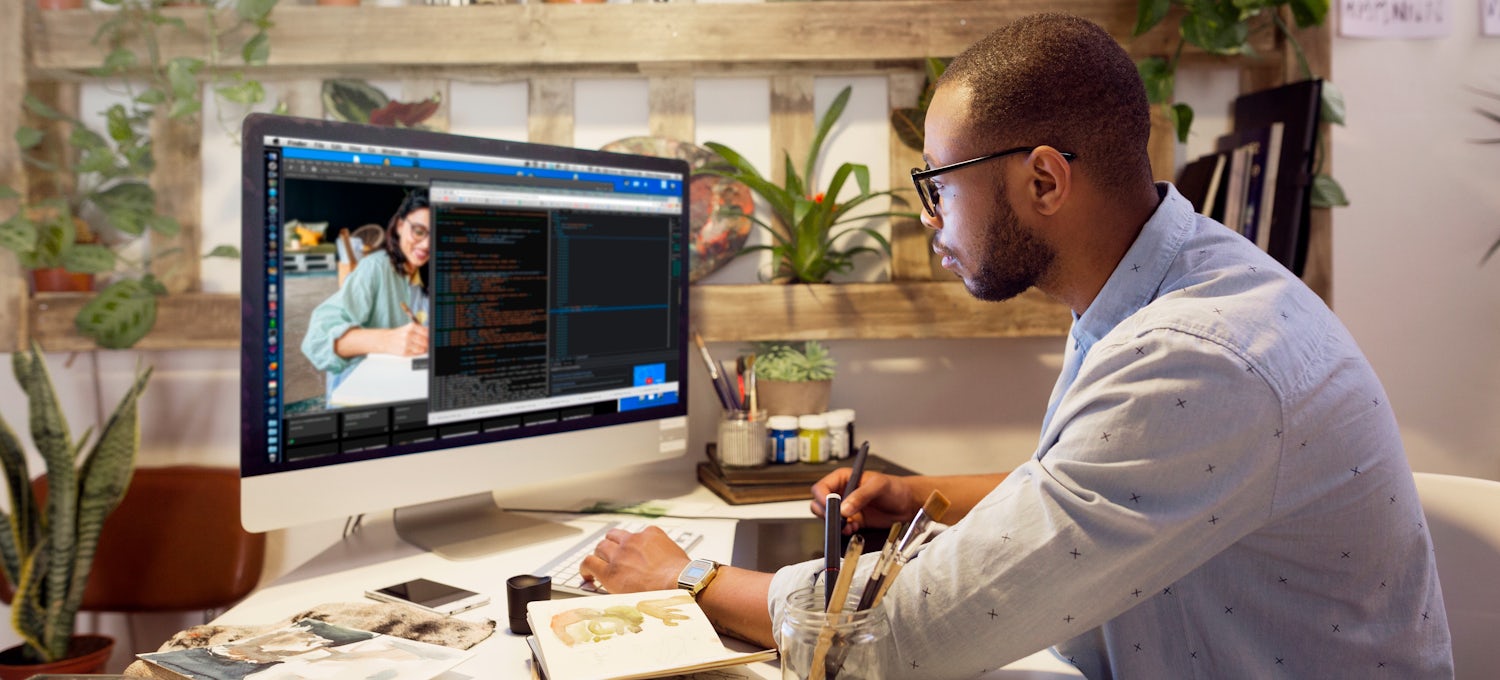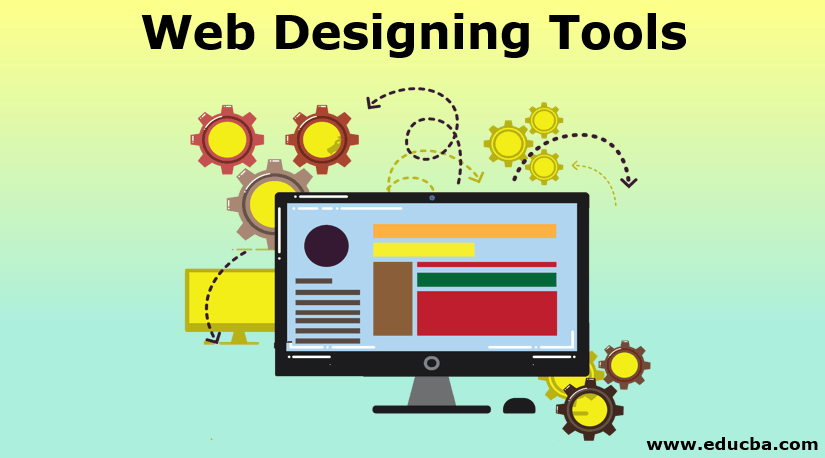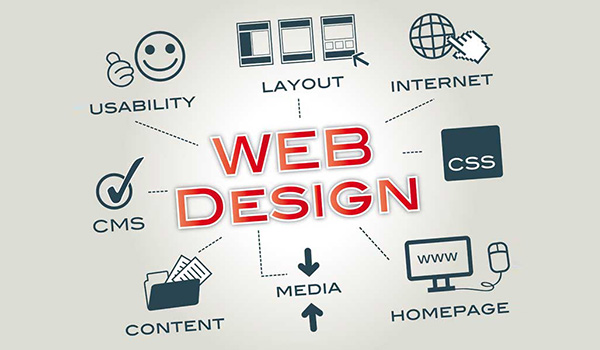Aligned Position Web Design: Perfectly Designed Websites to Capture Your Audience’s Attention
Aligned Position Web Design: Perfectly Designed Websites to Capture Your Audience’s Attention
Blog Article
The Very Best Kinds Of Web Layout to Enhance Individual Experience and Engagement
In the ever-evolving landscape of digital interaction, the performance of Web layout dramatically influences customer experience and interaction. Numerous design strategies, such as minimal, responsive, and interactive formats, each deal one-of-a-kind benefits that can provide to varied individual requirements.
Minimalist Website Design
As electronic landscapes become increasingly chaotic, minimal Web style has arised as an effective strategy to boosting user experience. This style viewpoint focuses on simpleness, concentrating on essential elements while removing unneeded interruptions. By using sufficient white space, straightforward navigating, and a minimal color palette, minimal design fosters quality and guides user attention to vital material.
The core principle of minimal Web style is to create a smooth interaction for customers. By lowering cognitive tons, individuals can swiftly realize details without feeling bewildered. This direct method not just boosts functionality however also motivates engagement, as site visitors are extra most likely to check out a site that is easy and visually enticing to browse.
In addition, minimal style usually highlights typography and images, using these components tactically to share messages efficiently. This emphasis on important parts can enhance brand name identification and produce a remarkable user experience. Fundamentally, minimalist Web design is not just a pattern; it is a thoughtful technique that acknowledges the value of user-centered design. By removing additional components, designers can produce an extra interesting, efficient, and satisfying Web experience for all users.
Receptive Website Design
In today's diverse electronic atmosphere, receptive Web design has become necessary for creating a seamless customer experience throughout a multitude of gadgets. As customers access web sites on smart devices, tablets, laptops, and desktops, the capability of a web site to adapt its layout and content to different display dimensions and resolutions is crucial.
Responsive website design uses adaptable grids, photos, and CSS media inquiries to make certain that Web content exists efficiently, despite the tool used. This technique not just boosts the aesthetic appeal of a site yet likewise substantially improves usability. Customers are a lot more likely to engage with a website that provides a consistent experience, as it removes the stress of needing to zoom in or scroll exceedingly.
By adopting receptive style, businesses can boost their exposure and get to a wider audience. In recap, responsive Web style is a basic method that enhances customer experience, interaction, and general satisfaction.
Interactive Website Design
Responsive Web style lays the foundation for improving customer experience, but interactive website design takes this an action even more by engaging customers in an extra dynamic means - Aligned Position Web Design. By incorporating aspects such as computer animations, clickable prototypes, and real-time feedback, interactive Web style astounds users, drawing them right into a richer surfing experience
This strategy not only cultivates interaction but likewise motivates individuals to explore content actively instead of passively consuming it. Methods such as gamification, where individuals make benefits for completing tasks, can dramatically enhance the time invested in a website and improve overall complete satisfaction. Interactive functions Recommended Reading can streamline complex details, making it more delightful and absorbable.

Including interactive design aspects can also result in greater conversion rates, as individuals are most likely to involve with a website that actively includes them. Aligned Position Web Design. Inevitably, interactive website design changes user experiences right into memorable journeys, ensuring that visitors return time after time
Flat Layout
Identified by its minimalistic method, flat design stresses simplicity and functionality, stripping away unnecessary aspects and concentrating on essential functions. This layout philosophy prioritizes usability, making sure that individuals can browse user interfaces easily and efficiency. By employing a clean visual, level layout removes the mess usually located in extra luxuriant designs, consequently improving individual concentrate on content and functionality.
The hallmark of level layout hinges on its use strong colors, straightforward typography, and geometric forms. These aspects add to a visually enticing user interface that is both approachable and modern-day. Furthermore, flat design cultivates a feeling of clearness, enabling users to recognize crucial activities and info without disturbance.
Furthermore, flat layout is particularly efficient in receptive Web style, as its simpleness translates well across numerous devices and screen dimensions. By concentrating on vital attributes, flat layout not just satisfies individual demands but likewise encourages smooth communication, making it a crucial component of reliable Web layout methods.
Adaptive Web Style
Flexible Web style customizes the individual experience by creating several taken care of layouts customized to different screen sizes and gadgets. Unlike receptive design, which fluidly adjusts a single design, flexible design utilizes distinctive layouts for certain breakpoints, guaranteeing ideal discussion on various platforms. This technique enables developers to concentrate on the unique features of each device, enhancing functionality by supplying specifically what users need based on their context.
Among the key advantages of flexible Web layout is its capability to maximize lots times and performance. By serving customized web content and images that fit the user's device, web sites can minimize data use and enhance loading speeds. This is especially advantageous for individuals with slower links or limited data strategies.

Additionally, flexible style facilitates a much more regulated and constant branding experience. Considering that designers produce numerous layouts, they can make certain that the visual aspects YOURURL.com straighten with the brand's identity throughout various platforms - Aligned Position Web Design. This leads to a natural user experience, improving engagement and promoting customer retention
Conclusion
In verdict, the integration of minimal, receptive, and interactive Web style concepts substantially boosts user experience and engagement. Minimalist style cultivates quality and focus, while responsive design makes sure flexibility throughout various devices, promoting access. Interactive layout astounds users through dynamic elements, encouraging exploration and personalization. Collectively, these style approaches add to the production of straightforward settings that not just boost complete satisfaction however additionally drive greater conversion prices, emphasizing their critical value in modern website design methods.

Minimalist style promotes clearness and emphasis, while receptive layout guarantees versatility across various gadgets, promoting access. Jointly, these layout comes close to add to the production of user-friendly environments that not only improve directory fulfillment however likewise drive higher conversion rates, highlighting their vital value in modern Web style techniques.
Report this page